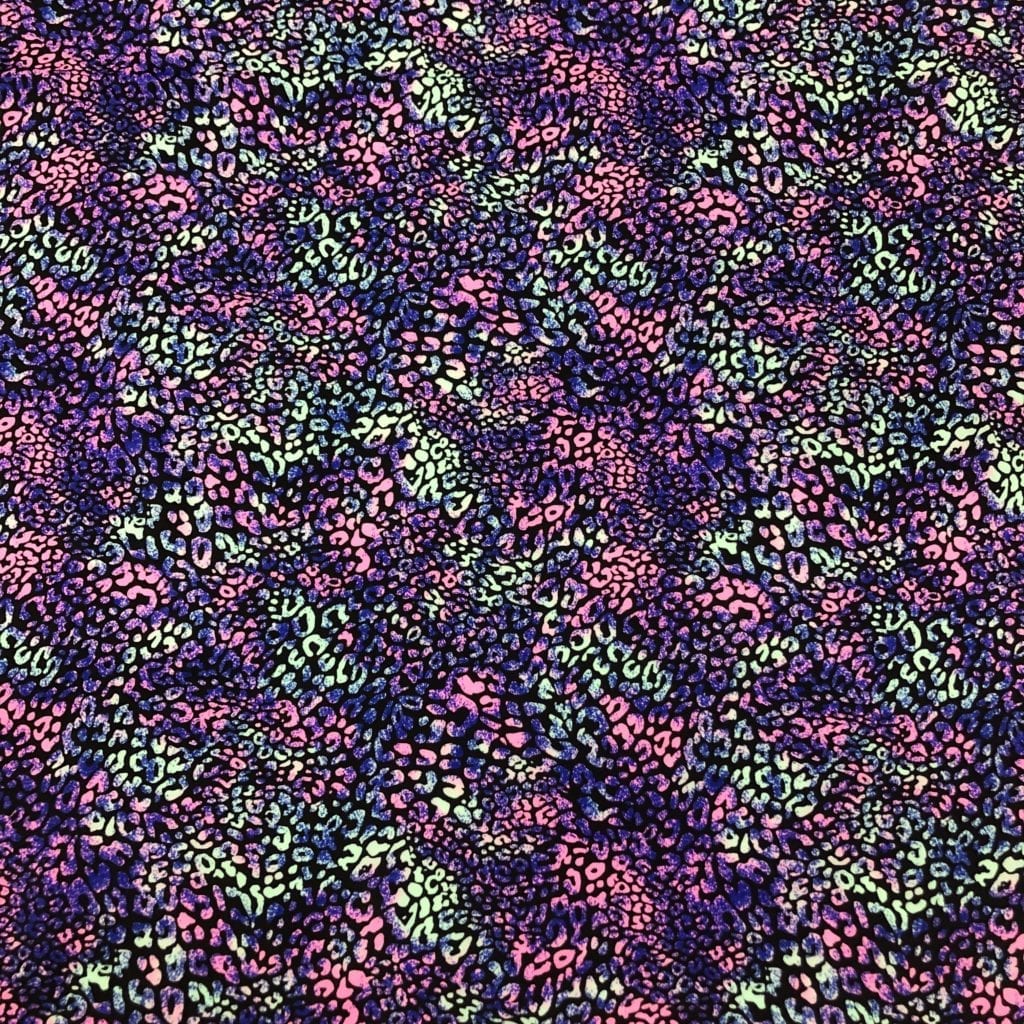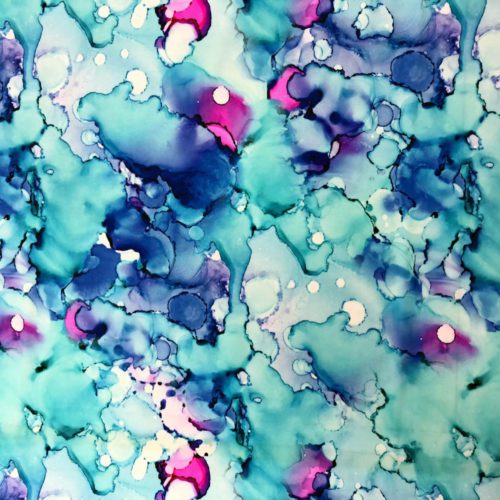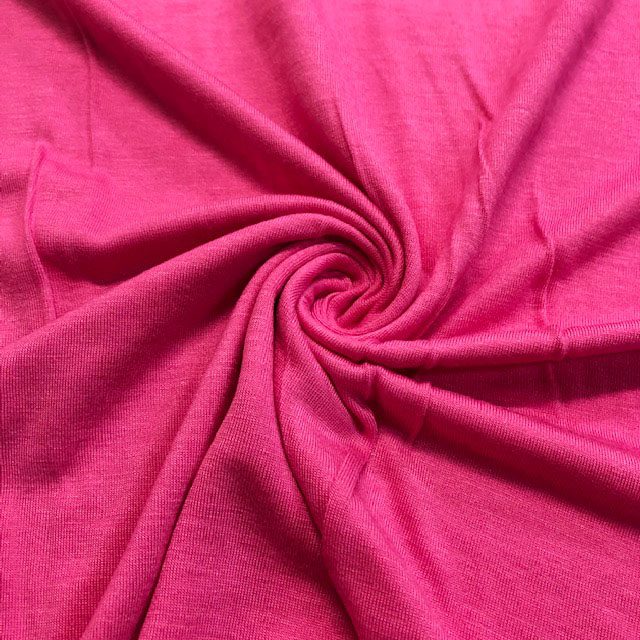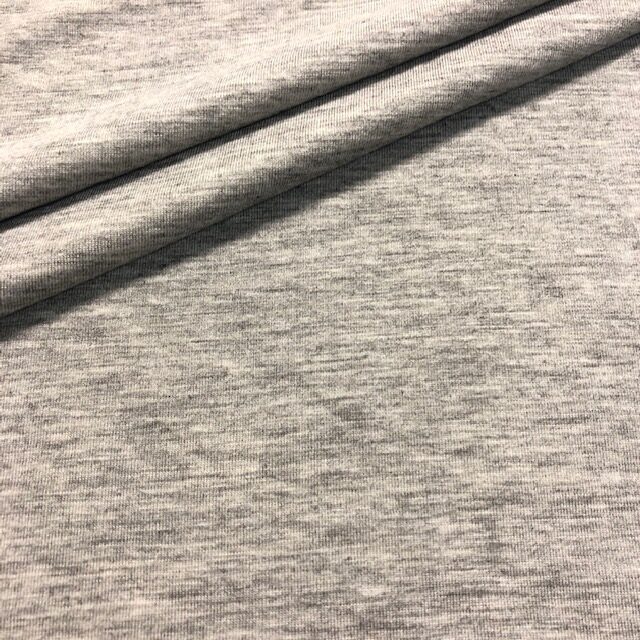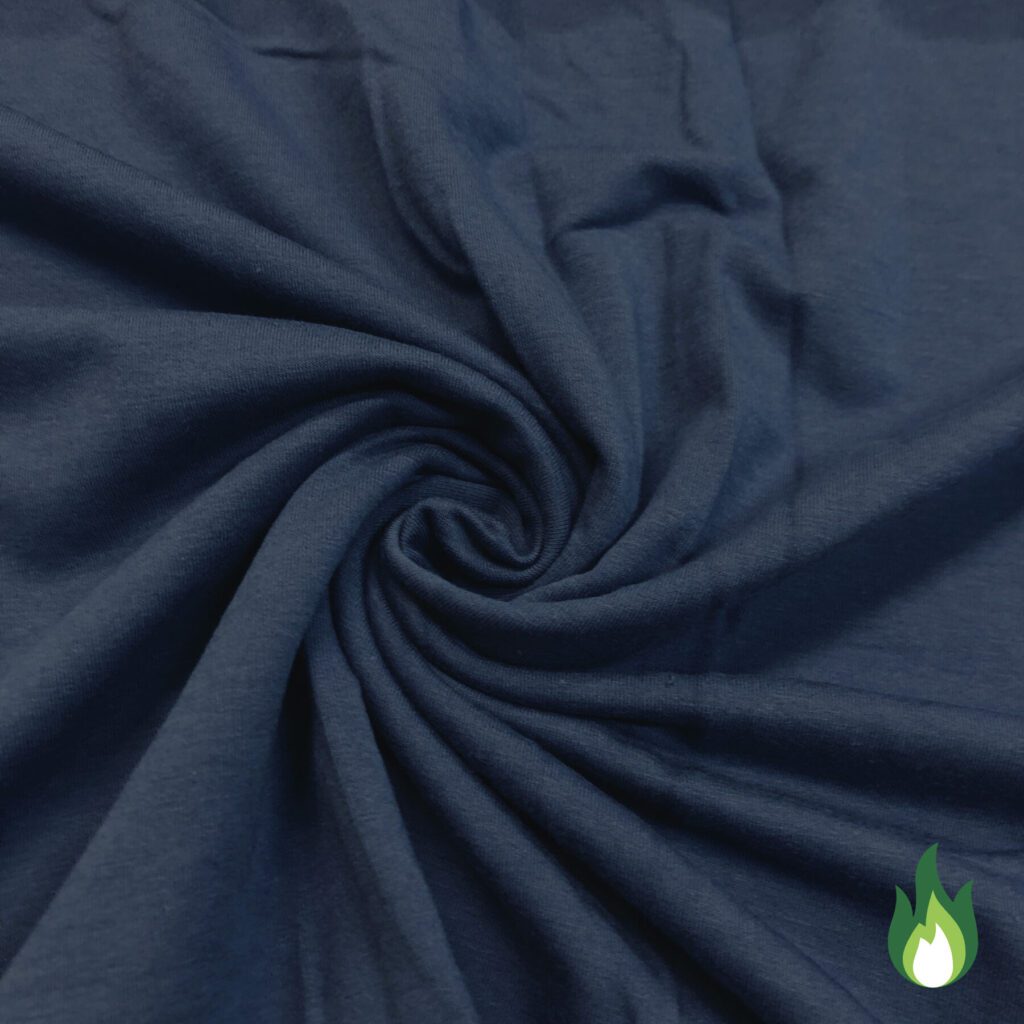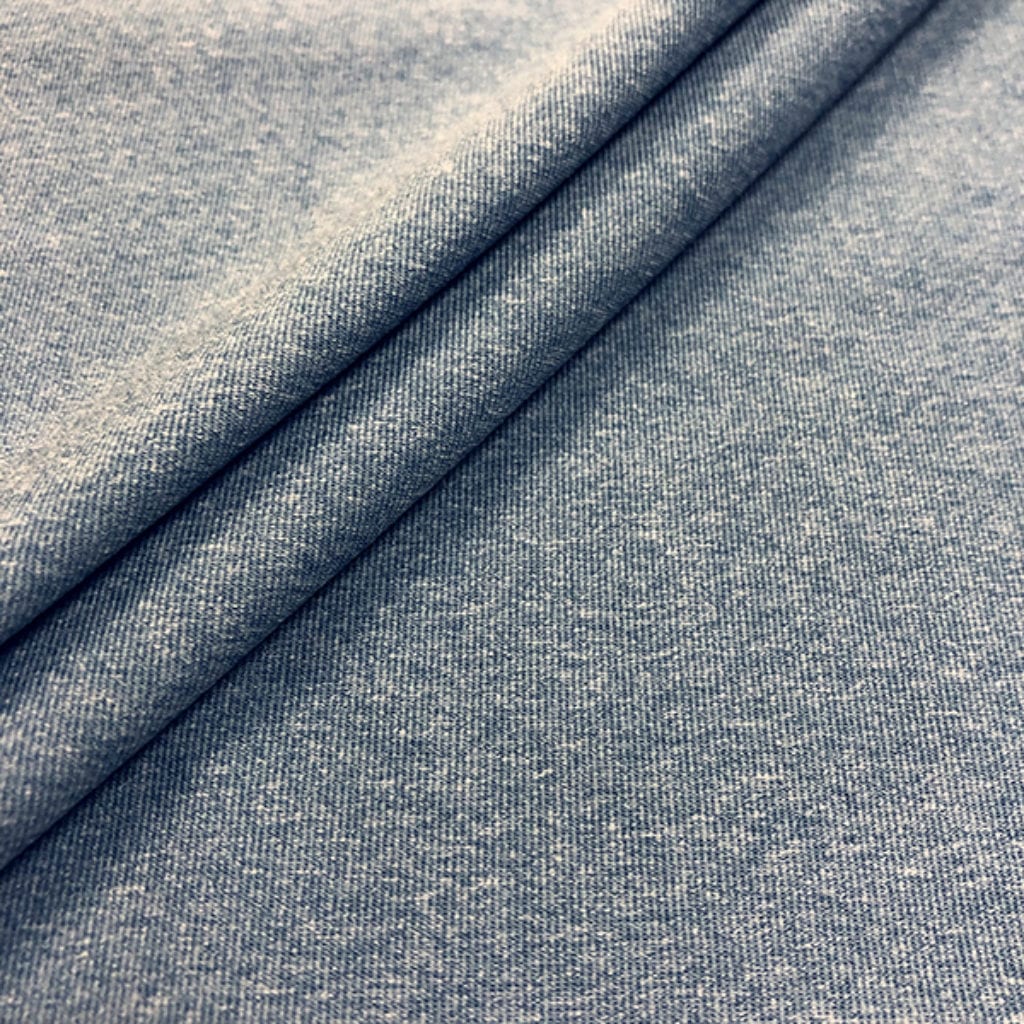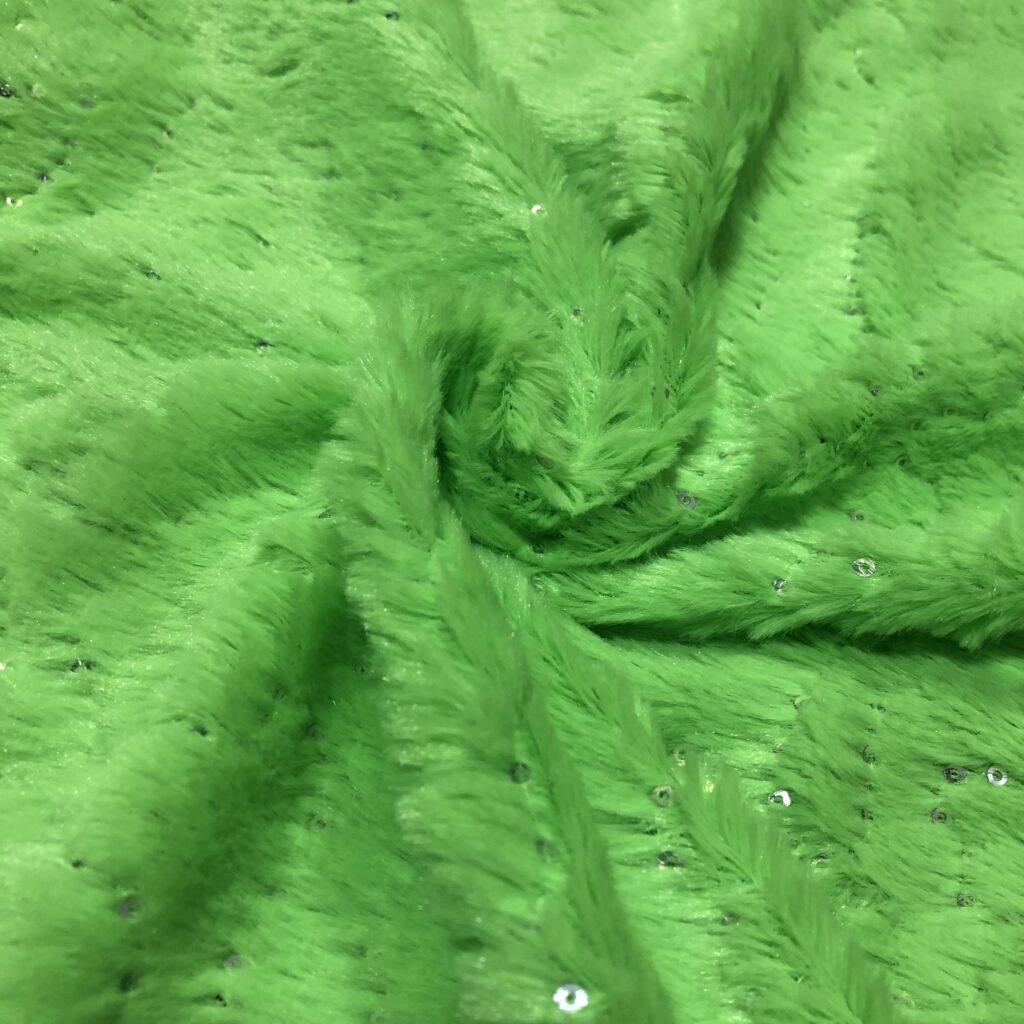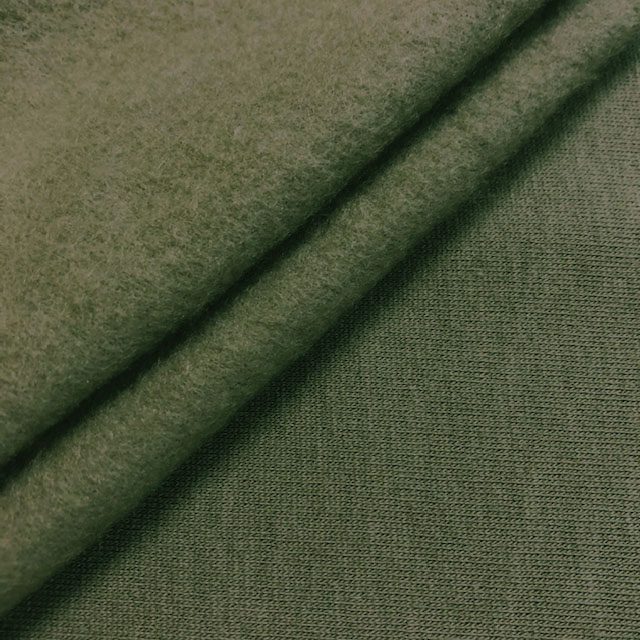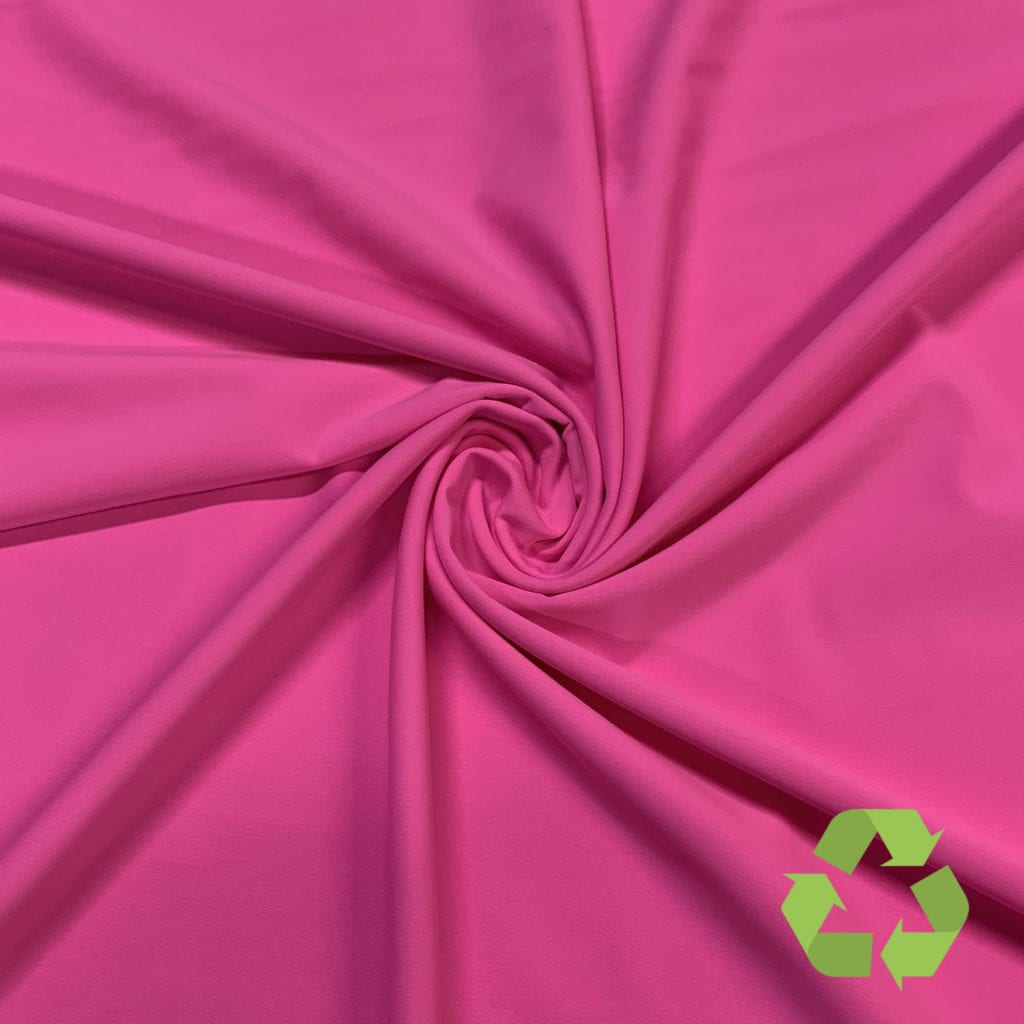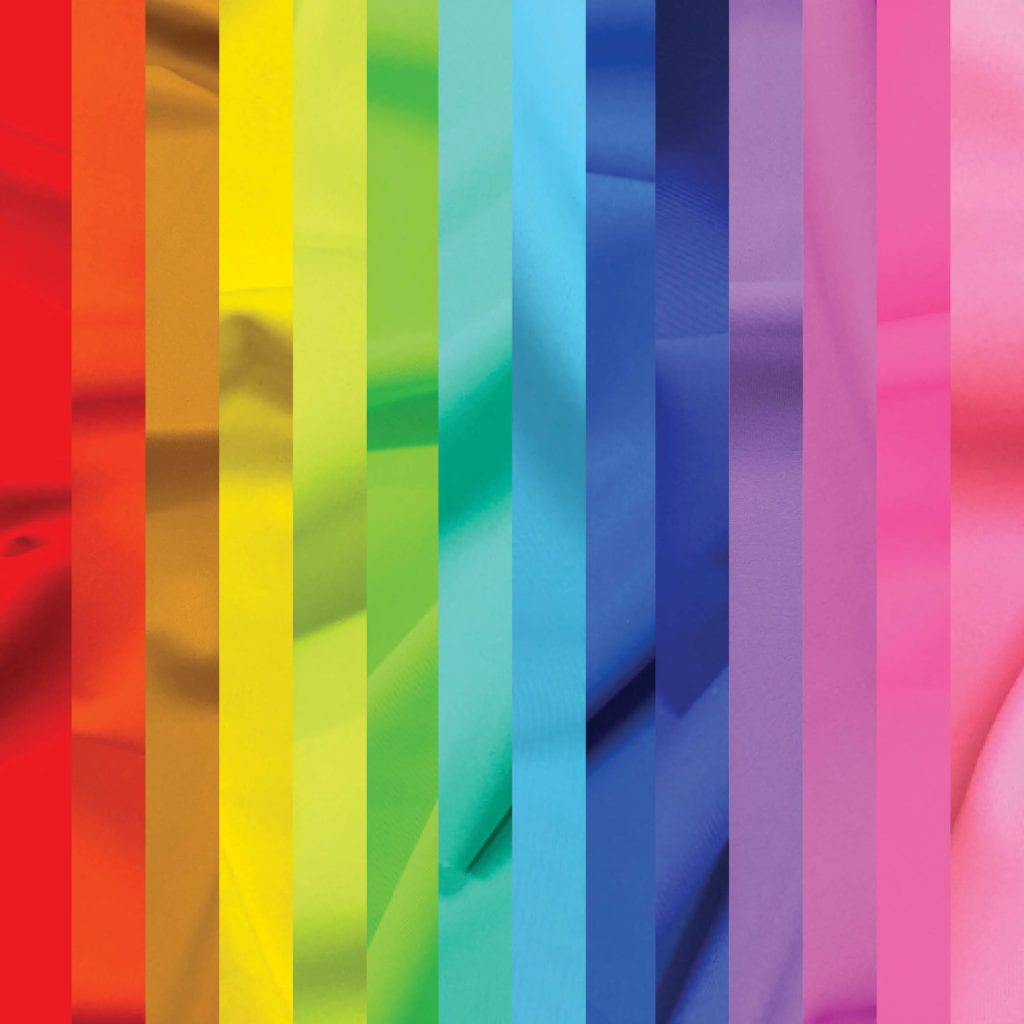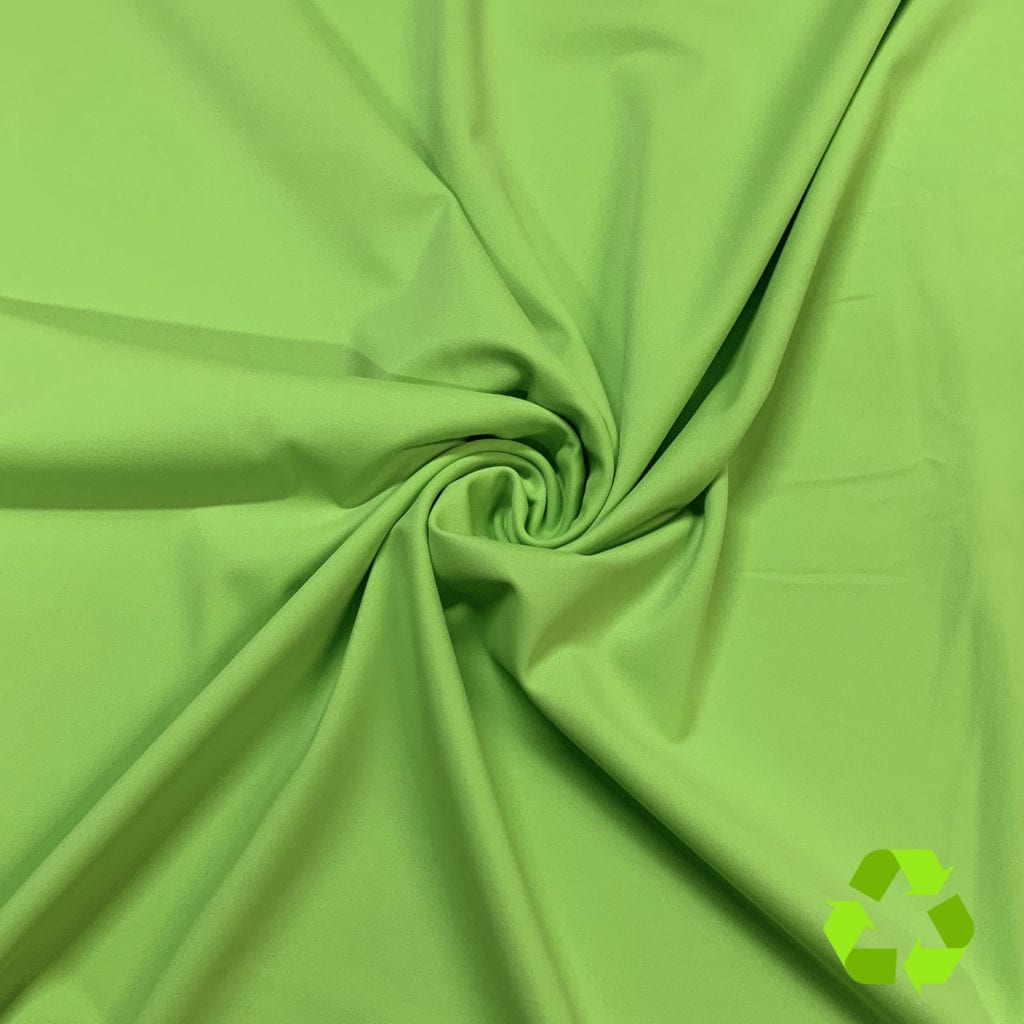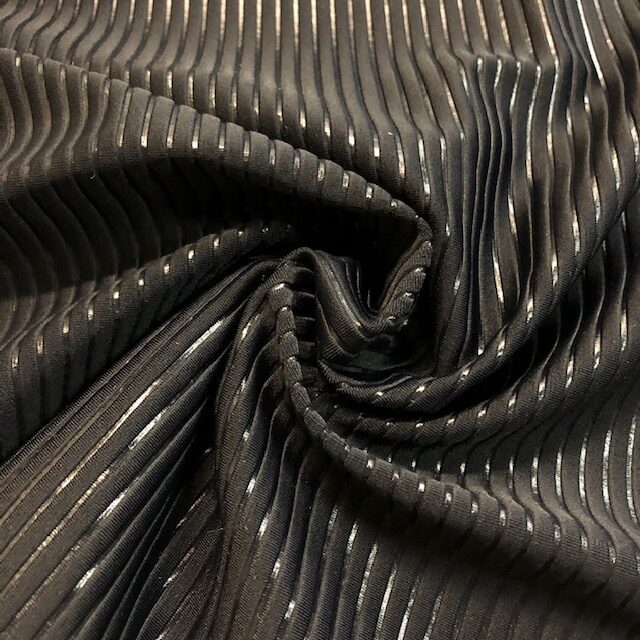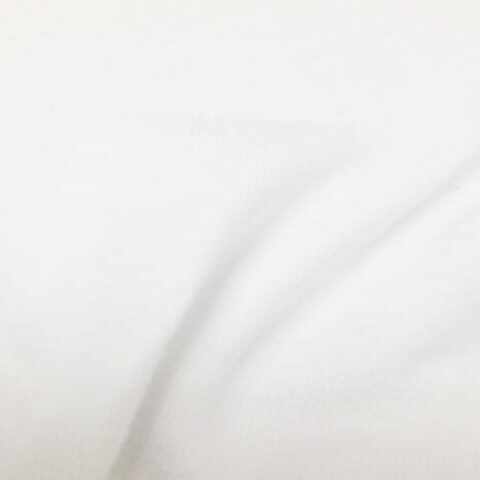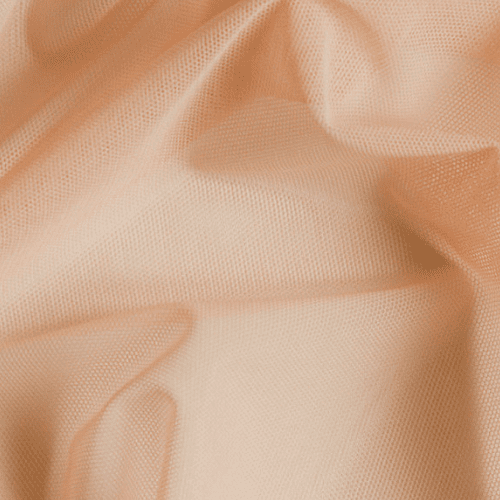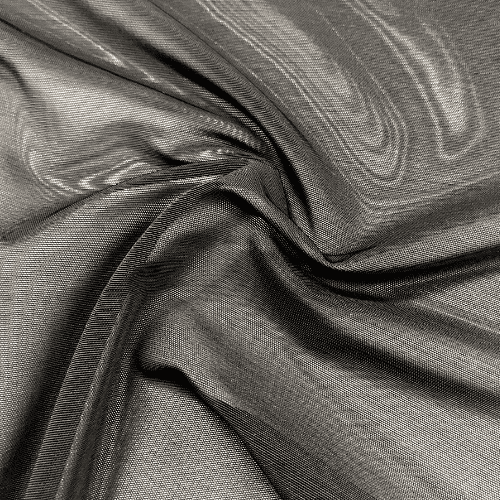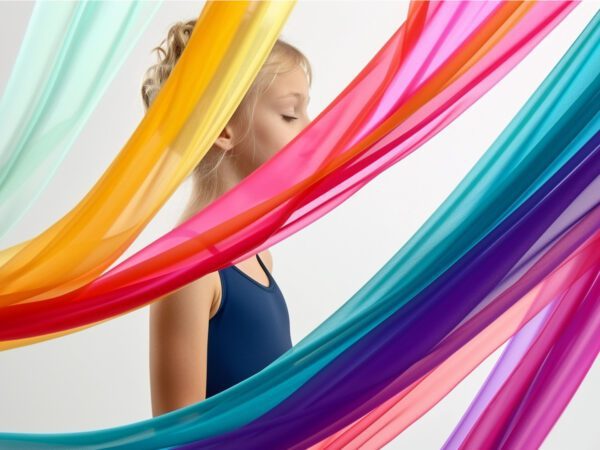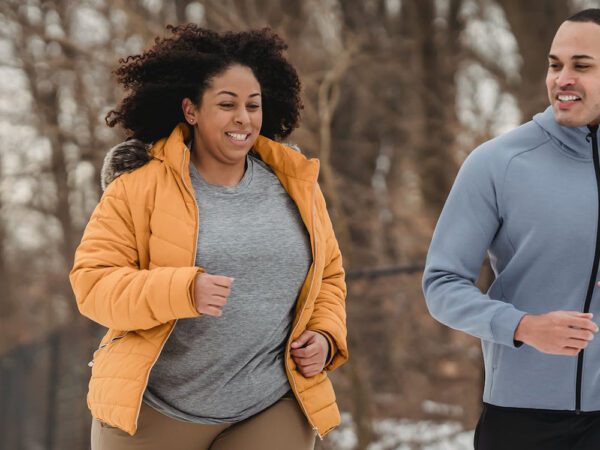
How to Choose the Best Activewear Fabrics For Your Apparel Brand
Who doesn’t love a good pair of leggings? There’s nothing better than having your favorite activewear pieces, from yoga to running errands to just lounging around the house. However, when it comes to fabrics, not all are created equal. To help you in your next workout adventure, here is how you can choose the best activewear fabrics for whatever type of activity you’re doing!
Note: The blog post will discuss different types of athletic stretch fabrics and how they are made.
What is the Importance of Activewear Fabrics?
Activewear fabrics need to be unique for a variety of reasons. For one, they are typically made out of synthetic fibers that are designed to wick away sweat and keep you dry throughout your workout. These fabrics also help with breathability so that you don’t get too hot while working out.
Even though these fabrics may seem like everyday clothing items, there is much more to them than what meets the eye!
For example, some activewear materials will make it harder for bacteria to grow on clothes because they have antimicrobial properties. This helps reduce odor build-up, which means you won’t have as many smelly pieces in your wardrobe anymore! It’s nice knowing that activewear has evolved.
Things To Consider In Choosing Activewear Fabrics?
If you’re looking for activewear fabrics, look no further! The suitable material can make or break your workout outfit. Different fabrics and styles are available, so it is essential to know what kind of fabric will benefit the type of activity you do. If you’re not sure where to start, we have a few tips that might help in choosing the right fabrics for your next workout outfit:
1) Look at what activities you plan to do when wearing the activewear and choose accordingly;
2) Different materials will wick sweat in different ways: cotton absorbs moisture while synthetics repel water;
3) Keep in mind how much stretch your apparel needs based on the movement involved;
10 Best Fabrics For Activewear
Spandex Fabrics
It is possible to recognize spandex under its trademark name Lycra. It’s incredibly elastic and stretchy and is ideal for those who exercise, which requires a broad range of motion. This includes weightlifting and yoga. This fabric is typically found mostly in skin-tight clothes like track shorts or leggings, as well as sports bras. Also, you can discover spandex in shorts, socks, and looser clothing in smaller quantities. All of our stocked fabrics contain spandex, but we can source styles with a lower spandex count.
Spandex isn’t the most effective in wicking away moisture, and it isn’t the most air-tight (although it’s good in both); however, those aren’t the main advantages of this fabric. Spandex is stretched to eight times its standard size, allowing for unrestricted and smooth movement in all patterns. Be aware that what may stretch spandex out If you put your clothes in dryers too often or iron them often. Wash it cold and dry it in the air to ensure the spandex cloth’s longevity.
____________________________________________________________________________________________
Bamboo Fabrics
Bamboo is now a recognized ecologically friendly material used in toilet paper cutting boards, single-use cutlery decor, and much more. It has also made it into activewear since the bamboo pulp is a highly lightweight natural fabric. As with Merino wool, Bamboo is typically mixed with other fabrics.
It’s certainly a high-end fabric, which means you can expect a higher cost for bamboo apparel than other popular options. If you’re willing to pay the price, however, Bamboo offers several features that all fitness enthusiasts adore: It’s moisture-wicking, odor-resistant, temperature-regulating, and insanely soft.
____________________________________________________________________________________________
Polyester Fabrics
Polyester is another popular kind of material that is utilized in sportswear. It’s a cloth composed of plastic fibers. This makes it lightweight, wrinkle-free and durable, and air-tight. Polyester can have a moisture-wicking treatment added to help absorb moisture. Please take a look at all of our Polyester fabrics available for custom printing as well.
____________________________________________________________________________________________
Thermal Fabrics
One of the main reasons polyester is the most popular material for top sportswear producers is its superior toughness and durability. The high-strength polyester fibers can endure the rigors of repetitive, strong moves of athletes and last longer than other materials but are also relatively affordable compared to similar materials.
Polyester also has excellent insulation properties, making it a fantastic option for those prone to a mix of cold and hot weather.
Thermal fabrics offer maximum warmth even in cold weather. They are softer and denser than other fabrics with high performance. However, they’re designed with more intense outdoor exercises in mind. The thick fabric retains warmth, but it is sweat-wicking and breathable.
Certain fabrics are susceptible to pilling due to the soft surface. In addition to the term “thermal,” cold weather fashions also contain the word “brushed” (though sometimes this is used to refer to non-thermal styles) as well as, of course, the hoodie fleece—best for hiking, outdoor running, outdoor cycling, cold gyms.
Best fabric for punch needles in the market; click here.
____________________________________________________________________________________________
Seamless Knit Fabrics
Seamless tops work well for all-purpose sports, such as intense workouts. However, seamless bras and bottoms are best suited for activities that require specialized equipment. The fabric is typically delicate and can be susceptible to snags and sheerness, and pilling. For instance, running an exercise in seamless yoga pants can often ruin them at one time.
The good thing is that seamless fabrics are incredibly light, comfortable, and very soft. It’s also very elastic. The styles made of seamless material tend to appear small on the hanger but don’t worry because they stretch further than you imagine—best for yoga, Pilates, barre, low-impact workouts, and leisure.
____________________________________________________________________________________________
Nylon Fabrics
The first synthetic fiber was widely used to create women’s stockings. However, it’s now commonly used in the sportswear industry to make tracksuits, wind runners, and other gym wear of all types. Two of our top-selling Nylon fabrics are Kira and Palm Rec 18.
Nylon is elastic, quick-drying, and resistant to mildew. It’s also extremely comfortable to breathe. It allows cool air to penetrate the skin. It also draws sweat away from the skin onto the fabric’s surface, which enables it to evaporate safely, leaving you feeling comfortable and regulated temperature.
___________________________________________________________________________________________
Textured Fabrics
Textured fabrics appear like prints, but they take one step further. Instead of applying a pattern to fabrics, they weave the pattern in the fabric. Some textures are flat, like herringbone, ribbed, and reflective. Other textures have a 3D structure. Textures are typically more substantial than everyday activewear, particularly in the case of 3D patterns. Textures are a distinctive aspect of your workout attire; they are also one of my top choices.
It’s excellent for anything; however, they are not recommended for hot weather or intense exercises.
____________________________________________________________________________________________
Cotton Fabrics
As cotton is a great everyday dress for warmer weather because it’s lightweight and breathable insofar that you’re not sweating.
Do yourself a favor and avoid cotton if you’re looking to sweat it out. It’s highly absorbent, which means that when you begin to sweat, the clothes are likely to become wet and heavy. If you sweat heavily or exercise in a humid area, it is possible to find yourself feeling as if you’re wearing a damp towel.
Cotton might be good for you if you don’t get sweaty or expect to do a vigorous training session. There are some advantages: It is straightforward to wash and doesn’t linger on smells like other fabrics.
____________________________________________________________________________________________
Gore-Tex Fabrics
If you’re biking, running, or hiking, you’ll need protection from the elements. In these instances, gore-tex is your ideal friend. Although it’s not an item by itself, it is a synthetic membrane that coats ordinary fabrics, making it waterproof and windproof while permitting your surface to breathe as well as keep it warm during intense activities. PCF doesn’t carry gore-tex branded materials, but we have Darlexx, which is windproof and waterproof surgical fabric.
Gore-Tex is a mixed material used to create clothes for sports, like gloves, jackets, and running shoes. It’s ideal for clothes that need to last for a long time yet are resistant to extreme environments.
However, despite these advantages, it’s still a very breathable fabric that’s an excellent choice for intense sports. It keeps rain and winds out while allowing the sweat and moisture to escape.
___________________________________________________________________________________________
Mesh Fabrics
It is unlikely to find an outfit made of mesh; however, mesh adds an element of breathability and coolness to summertime clothing. When it comes to workout clothes, it is generally composed of nylon or polyester. If you reside in a warm, humid, and humid climate or are inclined to sweat frequently when exercising, wearing clothes with mesh cutouts will help sweat evaporate off your skin.
____________________________________________________________________________________________
Decision Time
Sportswear fabrics depend on the demand for the sport and the apparel brand you’re creating. Contact one of our Fabric Specialists if you have any questions or would like to start your next activewear collection today! You may have an open idea about the fabrics you’d like to feature in your next collection from the article.




